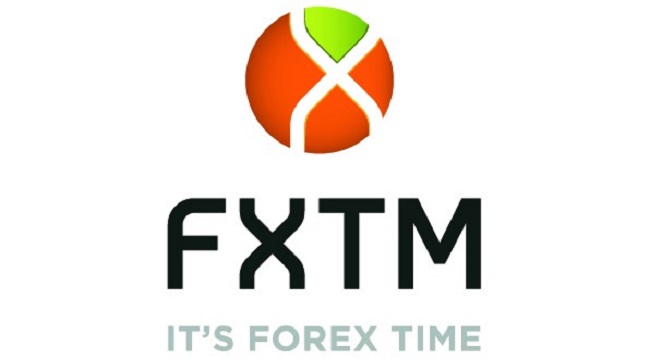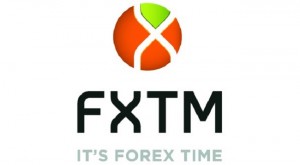The euro endured a tough start to last week with the EUR/USD dipping to fresh lows below the 1.3500 handle in the wake of the mixed data from Germany’s ZEW survey and disappointing Eurozone manufacturing and services PMIs. The market will be hoping Friday’s Consumer Price Index announcement will be more positive, with analysts predicting a slight rise in inflation. Generally, a high CPI reading is seen as positive or bullish for the EUR, while a low reading is negative. If the result is lower than forecast, ECB President Draghi is likely to feel increasing pressure from those countries where deflation is a real issue, such as Spain, Greece and Portugal. EUR/USD has rebounded since last week to now be trading around 1.3500 with the first resistance point at 1.3558.
Eurozone inflation will also be closely monitored over the other side of the Atlantic with policy makers keen for any indications that the global economy is improving. Last week the US dollar enjoyed significant gains against the yen and all the commodity currencies, but couldn’t beat the euro and the pound. The US Consumer Price Index came out slightly below expectation at 0.1% compared to the expected 0.0% which caused the USD/JPY to jump back above the 100.00 mark last Wednesday, November 20th. This week’s Consumer Confidence on Tuesday will be closely watched, with a small rise from 71.2 to 72.5 forecast and expected to boost USD strength further.
The major focus for the US continues to be the ever present question of when the Federal Reserve will announce a tapering in their $85bn asset purchasing program. Last week’s minutes from the Fed’s rate-setting committee, the FOMC, revealed little change in the economic outlook since September and the single currency is maintaining composure after the release of the FOMC minutes, with the EUR/USD hovering over lows near 1.3430. Given that Fed Chairman Ben Bernanke has repeatedly said the stimulus will not be tapered until he sees robust improvement in the economy, analysts are having difficulty forecasting when the tapering will begin. Despite the uncertainty, a degree of pricing into the market has already commenced which is expected to lead to lessened pressure on the USD when the tapering program does finally commence.
The British pound enjoyed a good week, benefiting from uncertainty in the US and indications of continued growth in the UK economy, although a dip in mortgage approvals on Monday for the first time in seven months has come as a small negative. Wednesday’s Gross Domestic Product (GDP) announcement will be important to GBP traders as the announcement is expected to confirm the UK economy grew by a strong 0.8% in the third quarter, which will be the third consecutive quarter of expansion. The GBP/USD is now trading around 1.6130 and positive GDP data could boost the pair beyond the first resistance point of 1.6240
The USD/JPY rose slightly from 100.35 to 100.49 after the Bank of Japan monetary policy announcement where the central bank announced it will retain its plan for a ¥60-70 trillion annual increase in the monetary base. Similar price action was observed elsewhere, with EUR/JPY advancing from 134.71 to 134.90, and AUD/JPY inching higher from 93.36 to 93.49. The policy statement accompanying the announcement said the Bank expects Japan’s economy to continue a moderate recovery and repeated its intent to help Japan reach a sustained inflation rate of 2% in 2015. However, the outlook for Japan’s economy remains uncertain amid risks from European debt problems, developments in the emerging and commodity-extorting economies, and the pace of recovery in the US. Further yen weakness was seen last Friday when the USD/JPY broke the 101 mark for the first time since July 2013 and the next resistance point is at 101.32.
What to Watch this Week:
EUR/USD continues to be the main pair to watch with the pivot point at 1.3553. If eurozone data is more positive than expected it is possible the resistance level of 1.3558 will be tested. USD/JPY is also an interesting pair to watch for volatility with the pivot point at 101.27 and first resistance at 101.32.



